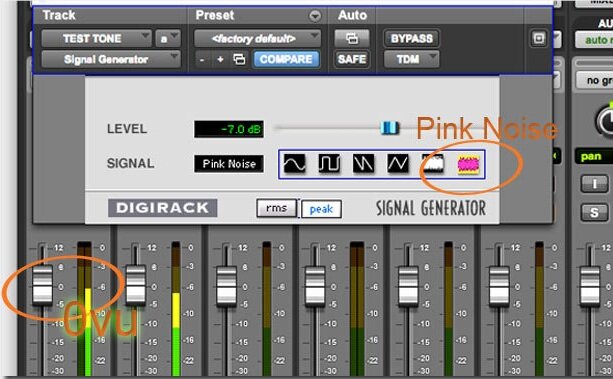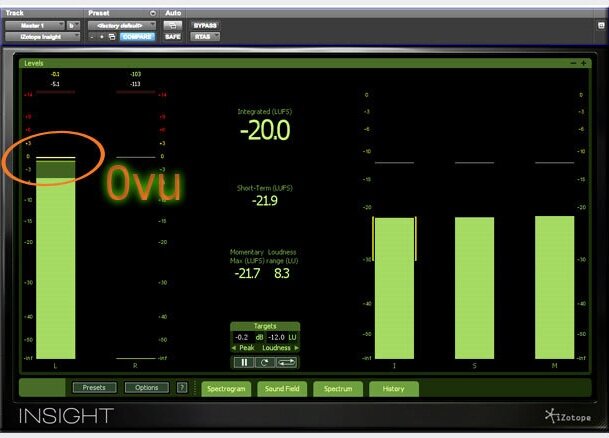The Best Listening Level for Mixing
We hear frequencies differently at various volume levels. So how loud should you be monitoring if you want to nail your mix? OK – there isn’t really a magical setting - but it turns out setting your monitoring level to 85 dB is the sweet spot for larger control rooms. It has become mix engineers’ adopted standard. 85 dB seems to give you the flattest hearing curve because of the equal loudness contours of the human ear – the way the brain interprets what the ear sends it.
While 85dB is the mixing level suggested for larger pro control rooms, when I talked with Grammy-nominated Capitol Studios staff engineer, Steve Genewick, he mentioned that when mixing in a smaller room, stay closer to 75dB.
How do you go about setting your monitor level to hit this mixing sweet spot? You’ll need is a SPL meter (sound pressure meter). If you don’t already have one, there are several free SPL meter smart-phone apps out there. Radio Shack also sells a good inexpensive meter.
If your SPL meter gives you a choice of frequency weightings (A weighting, C weighting, or Z weighting) set the meter to “C weighted.” Bring up some pink noise on a fader. Most DAW's have a signal generator plug-in that can create a pink noise signal. Be sure to bypass any processing that might be anywhere along your audio chain. Raise the pink noise level until your DAW’s meter reaches the 0db mark on the master mix output. Pan the pink noise to send it out to just one of your speakers – left or right, it doesn’t matter.
Now with the SPL meter at the listening position in the room (the point in the room where your ears are during a mix), turn up your monitors until the SPL meter reads 75 or 85dB depending on your room size. Put a little mark right at that spot on the monitor control knob. Now you have an idea of the best listening level for when you’re mixing.
Now that you know where to set your monitor level to – crank up some of your favorite recordings and listen to them at this new reference level. Get familiar with the sound of the kick, the bass, the vocal… all the subtle nuances of their mix. You’re now in a better position to judge your own mix.
Another little benefit to having that “reference dB” mark on your monitor knob is if you glace over and find you’re pushing the volume level past that mark after you’re mixing for awhile, it’s time to take a break and give your ears a rest.



